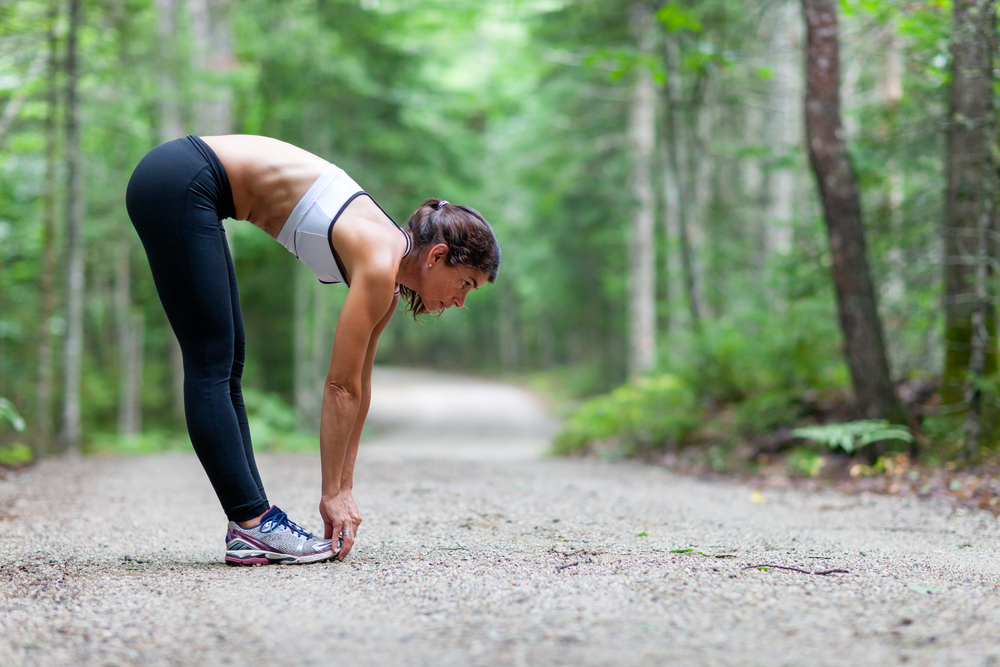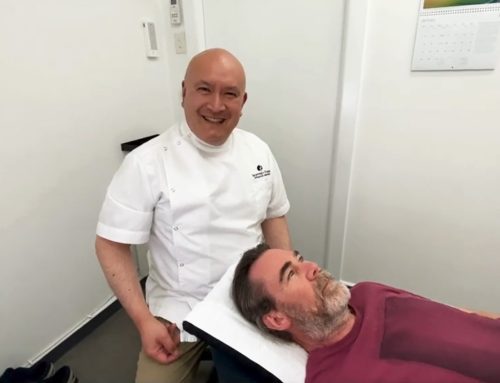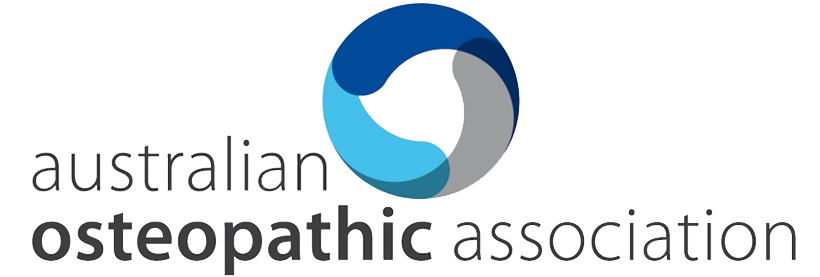Clients often ask: When should I stretch? The answer has a number of factors. It is more effective when you are warm. You need to decide which times you can fit into your schedule or routine. How can you combine the two so that it becomes a habit?
In an ideal world, I feel that you will get the best results when you are warm. The muscle fibres are more elastic, stretchy and respond more easily when they are warm. That can be after you have been active and you’ve got blood flowing through your muscles e.g. after some exercise. Another way is to be in a warm environment. This could be inside: a hydrotherapy pool or a very warm room. Hot yoga is an example of using heat to make your stretching easier. If you like to do it outdoors, I generally encourage you to have an extra layer of clothing on. This keeps the heat trapped around your muscles.
After more vigorous exercise like running you are warm. If you are breathing heavily, I take tips from my old football coach. Take the time to cool down gradually. Your body will thank you for it, especially the next day. Keep moving; jogging to start with then walking. The aim is to keep moving the legs so that the blood flows through the muscles of the body. This brings oxygen to them which then helps breakdown and get rid of lactic acid. Be as upright as you can. Get your tracksuit on if you can. This keeps the warmth around your muscles and allows you do give yourself a thorough stretch session.
Some days you might not get the opportunity to exercise or work out. If you want to stretch without having done any exercise, it can be done. You need to be mindful and gentle. This means taking the time to listen in and feel the stretch carefully. This can help avoid tearing muscle fibres and injuring yourself. There is a degree to which very gentle stretching can be a warm up. In the past, when I did Aikido and (less so with) Judo, we wore very thick uniforms. They were warm too. We would stretch to warm up. One of the tips I learnt was to use your breath to help your stretching. You get into your stretch position, bring it on to the point where you can feel the stretch (it should not be painful). Once there, you take a deep breath in. Then as you let the breath out, you do two things: you consciously relax the muscle that you are try to stretch and you move to increase the pull of the stretch.
To make it easy to fit in, I suggest tying it into something that you do regularly. Most commonly, I say base it around the meal times. That way you can have a least three separate occasions. An additional time is just before you go to bed. This has two benefits. The first is that it can help you relax and wind down in preparation for sleep and the second is that it can help make your muscles and joints feel looser when you get out of bed,






